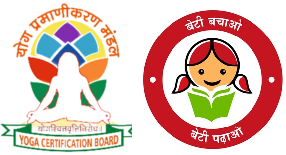ABOUT YOGA
The word Yoga comes from the Sanskrit word “Yuj” meaning to yoke, join or unite. This implies joining or integrating all aspects of the individual – body with mind and mind with soul – to achieve a happy, balanced and useful life, and spiritually, uniting the individual with the supreme.
Yoga, in general, is a spiritual practice or discipline that helps the individual unify his/her body, mind, and heart. Yoga is a direct experience of the vast interrelatedness of all life and of all things. You will feel at peace at the end of a yoga class because there is a natural realignment of your body which leads to a natural realignment of your perception of life and of who you are.
You will need to develop discipline and there is hard work involved especially when you first begin. Hatha Yoga is the study and practice of physical alignments and breath. Yoga is much more that postural alignment and breathing.
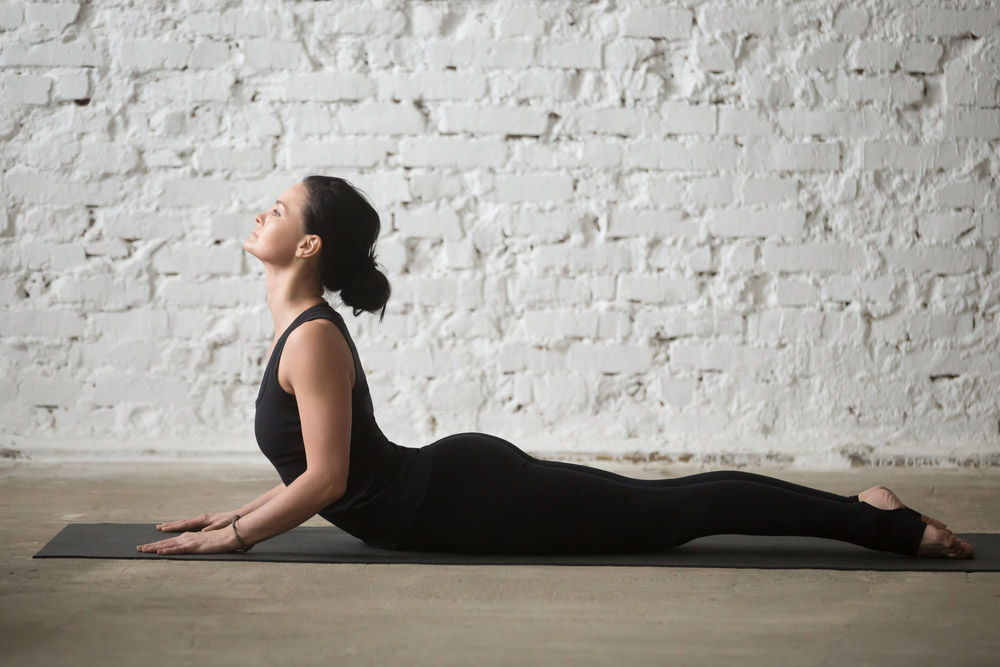
Yoga is an ancient art based on a harmonizing system of development for the body, mind, and spirit. The continued practice of yoga will lead you to a sense of peace and well-being, and also a feeling of being at one with their environment.
“Yoga” is an old discipline from India. It is both spiritual and physical. Yoga uses breathing techniques, exercise and meditation. It helps to improve health and happiness. … He defined yoga as “the cessation of the modification of the mind”.
Yoga is a group of physical, mental, and spiritual practices or disciplines which originated in ancient India. Yoga is one of the six orthodox schools of Hindu philosophical traditions. There is a broad variety of yoga schools, practices, and goals in Hinduism, Buddhism, and Jainism.
PRANAYAM
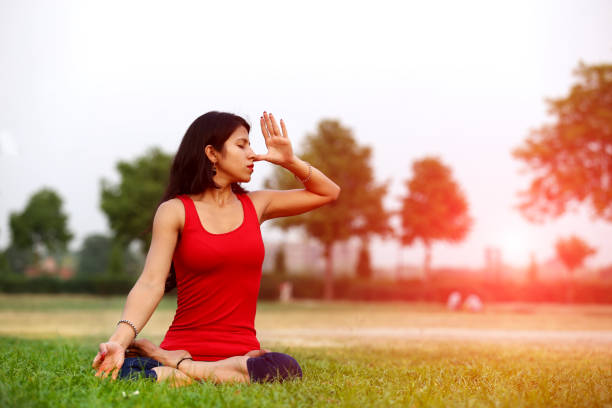
What is Pranayam?
Pranayama is “control of Breath”. “Prana” is Breath or bio energy in the body. On subtle levels prana represents the pranic energy responsible for life or life force, and “ayama” means control. So Pranayama is “Control of Breath”. One can control the rhythms of pranic energy with pranayama and achieve healthy body and mind.
Five types of prana are responsible for various pranic activities in the body, they are Prana, Apana, Vyan, Udana & Samana. Out of these Prana and Apana are most important. Prana is upward flowing and Apana is downward flowing. Practice of Pranayama achieves the balance in the activities of these pranas, which results in healthy body and mind.
Benefits of Pranayama
Patanjali has said that one develops concentration and clarity of thought by practising Pranayama. It helps in increasing the mental and physical powers of endurance. It is the path to deeper relaxation and meditation and is a scientific method of controlling breath. It provides complete relaxation to the nervous system. It provides relief from pain caused by the compression of nerve endings. It helps in increasing oxygen supply to the brain which in turn helps controlling the mind.
Benefits of Pranayama
What is Naturopathic Medicine?
An increased affinity towards the natural way of living &; the traditional methods of treatment is observed now a day ,especially from the educated group. The reason is a new awareness about the wonderful role of Mother Nature in the fields of promotion of health & prolongation of healthy life is gradually developing.
Naturopathy is a system of healing science stimulating the body’s inherent power to regain health with the help of five great elements of Nature-Earth, water, Air fire & Ether. Nature cure principle says that aii the diseases arise due to accumulation of morbid matter in the body & if the scope is given for removal of it, provides a cure of relief. It also believes that the human body possesses inherent self- constructing & self- healing powers.
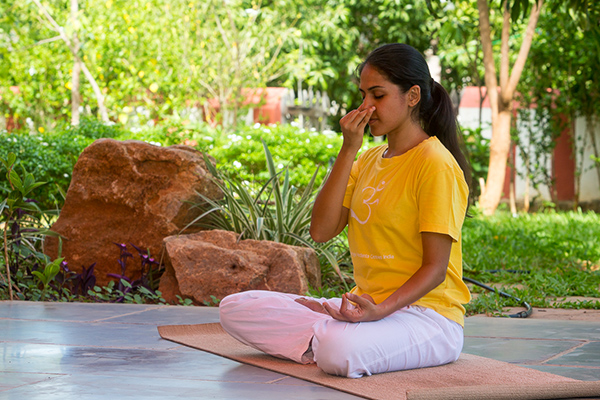
Though the basic Nature Cure deals only with Pancha Mahabhoota’s the recent developments advocates the practice of drugless therapies like Massage, Electrotherapy, Physiotherapy, Accupuncture & Accupressure, Magneto therapy etc. Diet plays a major role, above all.
How Did Naturopathy Begin?
Naturopathic treatments originated as the use of herbs and foods for medicine, exposure to fresh air and sunlight, and hydrotherapy (the use of hot and cold water application) as steam or sauna. These techniques and methods have long been respected throughout the world. While modern allopathic medicine is a youngster of less than 200 years old, Natural Medicine has been the primary medicine used by most of the human community even into the 21st Century. Herbal and traditional medical arts remain the primar purpose of Naturopathic Medicine.
ACCU - PRESSURE
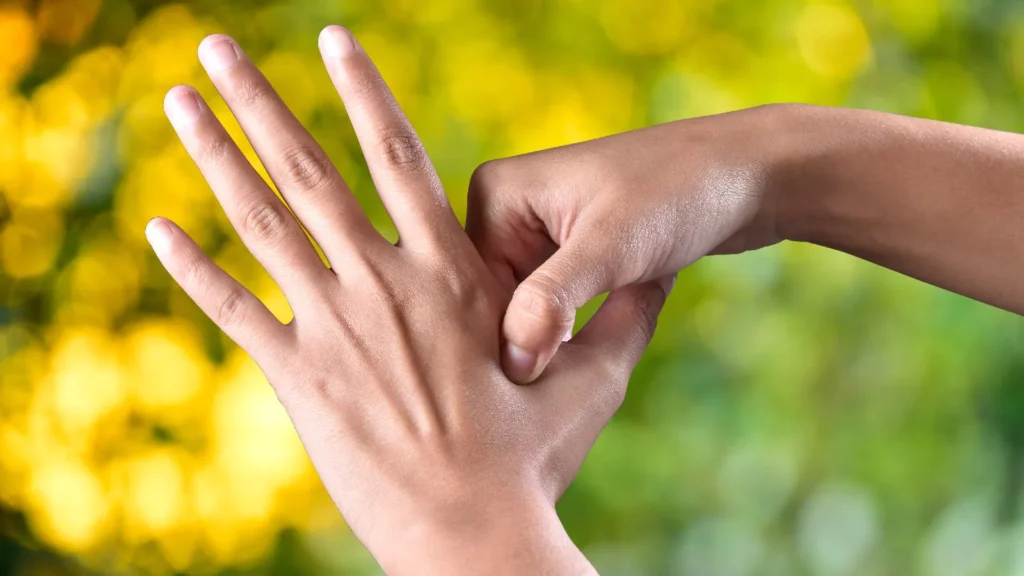
Acupressure is an ancient Chinese healing method that involves applying pressure to certain meridian points on the body to relieve pain. The human body has fourteen “meridians” that carry energy throughout the body. These meridians start at the fingertips, connect to the brain, and then connect to the organ associated with the specific meridian. Acupressure is the most effective method for self-treatment of tension-related ailments by using the power and sensitivity of the human hand. Acupressure deals with all the aspects of a person as a whole: body, emotions, mind, and spirit as one, not as separate parts. It relaxes muscular tension and balances the vital life forces of the body.
Acupressure uses the fingers to press key points on the surface of the skin to stimulate the body’s natural self-curative abilities. When these points are pressed, they release muscular tension and promote the circulation of blood and the body’s life force to aid healing. What Conditions Can Naturopathic Medicine Treat?
Acupressure can be effective in helping relieve headaches, eyestrain, sinus problems, neck pain, backaches, arthritis, muscle aches, and tension due to stress. There are also great advantages to using Acupressure as a way to balance the body and maintain good health. The healing touch of acupressure reduces tension, increases circulation, and enables the body to relax deeply. By relieving stress, acupressure strengthens resistance to disease and promotes wellness.


